Short Nonfiction Books for Reluctant, Struggling, & Wiggly Readers
This post may contain affiliate links.
Struggling readers, reluctant readers, and wiggly readers all benefit from exposure to short nonfiction books or nonfiction book that are in so many sections, they feel “short”. The benefit of these books is that readers can jump around in their reading sequence. That means that kids can read whatever strikes their fancy in any order that they wish.
For those wiggly readers, they can take breaks in nonfiction without losing comprehension momentum.
Because reading nonfiction is a different kind of comprehension experience for the reader. This means it’s essential that we give kids plenty of nonfiction reading practice.
Whenever I assessed my students’ comprehension, almost always their fiction comprehension was an entire year or two higher than their nonfiction comprehension. That’s because most kids read WAY more fiction than nonfiction.
Give these short nonfiction books a try with your students and children. Have fun with it! Let them read to you the parts that they find most interesting. You’re going to learn a lot.
Tips for Nonfiction Book Selection
Get books with great photographs.
Seriously. If the book has photographs, it’s much more engaging to readers. Plus, a book with borders, different colors, and colorful backgrounds appeal to young readers.
Watch text to picture ratio.
If there is a ton of text crammed into a page, it’s not appealing to read. Look for books with not too many words all crammed together. Look for text boxes and blank space on the page. That’s less intimidating and way more exciting to read.
Pick something your child is interested in.
I only read non-fiction books in which I’m interested in. I just cannot motivate to read the history books my husband enjoys. Same for your kids, right?
 Teach text features of nonfiction.
Teach text features of nonfiction.
It’s often helpful to teach kids about the features of non-fiction books. Unlike fiction novels, non-fiction books don’t have to be read cover to cover. Teach kids about:
– Table of Contents
– Glossary
– Index
– Titles and headings
– Bold words
– Captions
– Charts and diagrams
Start with that and let me know how it goes!
Nonfiction Books for Reluctant Readers
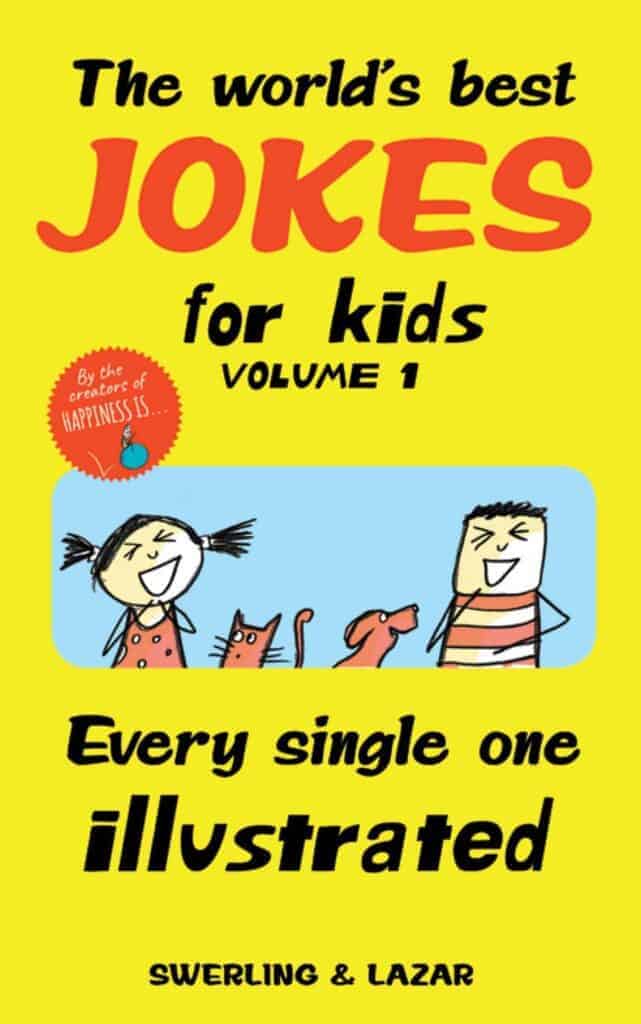
The World’s Best Jokes for Kids Volume 1 by Lisa Swerling & Ralph Lazar
Each of these jokes is illustrated with I really love because it gives struggling or new readers extra picture support for decoding and comprehension. This series (volume 2 is here) shares jokes that will make your kids laugh, groan, and share with all their friends. Jokes like:
Why are pirates called pirates?
Because they arrrrrrr.
Why was the dog feeling sorry for himself?
Because his life was so ruff.
HAHAHA!
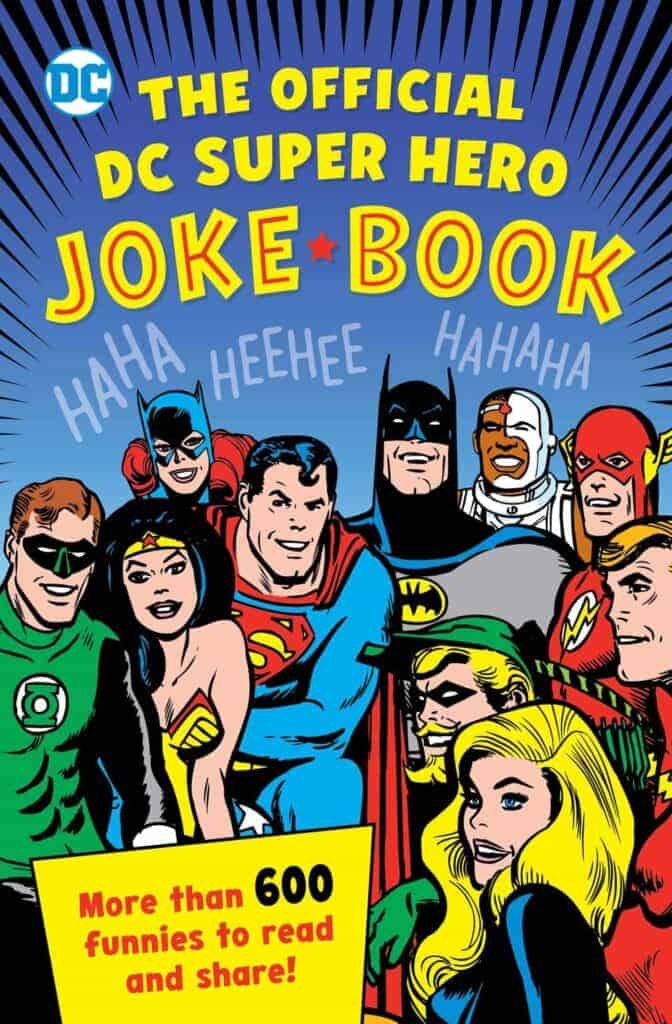
The Official DC Super Hero Joke Book by Michael Robin, Sarah Parvis, and Noah Smith
Just in time for this summer’s DC and Marvel movies, comes a joke book to keep kids laughing and reading. If your kids are like mine, they’ll read them all aloud TO YOU. I apologize in advance. 🙂 But reading is good — and so is groaning, chortling, and giggling! Here’s a Flash joke to give you the gist: “Why does The Flash love watching science documentaries? He finds them fast-inating.”
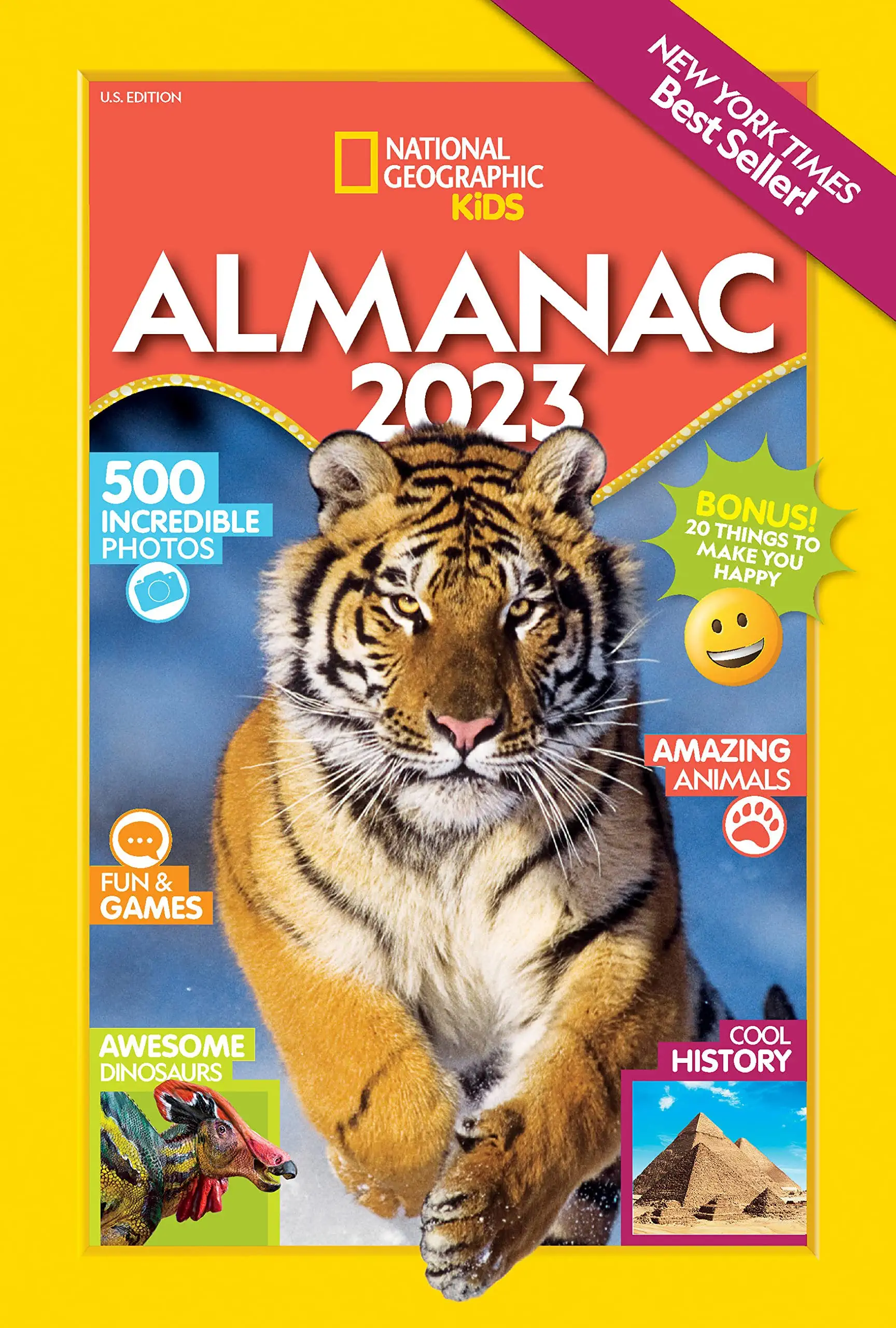
Almanac 2023 National Geographic Kids
With schooling at home and more families homeschooling, the National Geographic Almanac is a must-own resource for families. Practice your nonfiction reading comprehension skills as you learn about animals, space, science, history, geography, and much more. Each page is designed to entertain and educate with stunning layouts and eye-popping photographs.
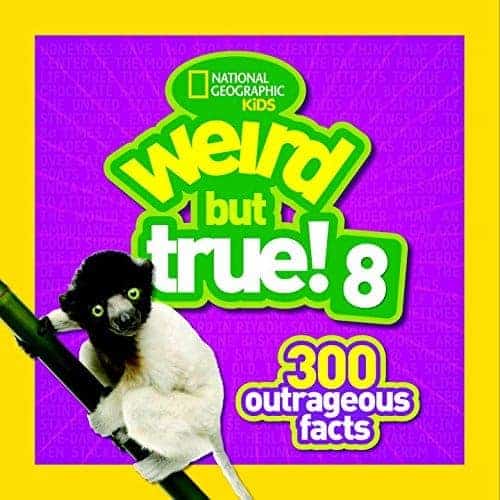
Weird but True 8
Do your kids love the Weird But True! books as much as mine? This new edition contains 300 all-new wild and wacky facts and pictures. Want to hear a few?
- The 1904 World’s Fair featured a life-sized elephant made of almonds.
- Moonbow = a nighttime rainbow
- Scientists found sharks living in an underwater volcano.
- Octopuses have blue blood and nine brains.
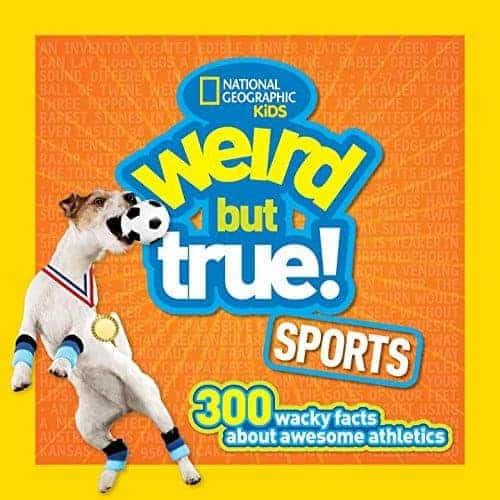
Weird but True SPORTS: 300 Wacky Facts About Awesome Athletics
I wasn’t sure what to expect but again, National Geographic outdid itself. The facts weird (did you know professional hockey players can be penalized for tucking their jerseys into their pants?!) and come from a wide range of topics and sports. Learn crazy facts about skateboarding, ostrich races, and jet sprint boats! Highly recommended. ALSO READ: Awesome Sports Books for Kids

Totally Wacky Facts About History by Cari Meister
This reminds me of the Strange But True books only about history and from a different publisher. And, I LOVE IT! This little book makes history interesting to kids — it’s filled with colorful photos and illustrations and yes, wacky facts. Here are a few to get you started:
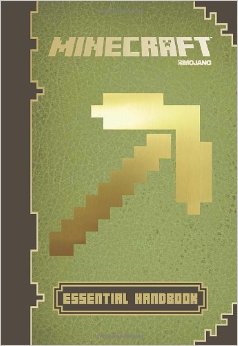
The Minecraft Essential Handbook: An Official Mojang Book by Scholastic
Learn how to find resources, make a shelter, craft tools, protect yourself from monsters and more basics in this guide to surviving Minecraft. My daughter loves this series of books.
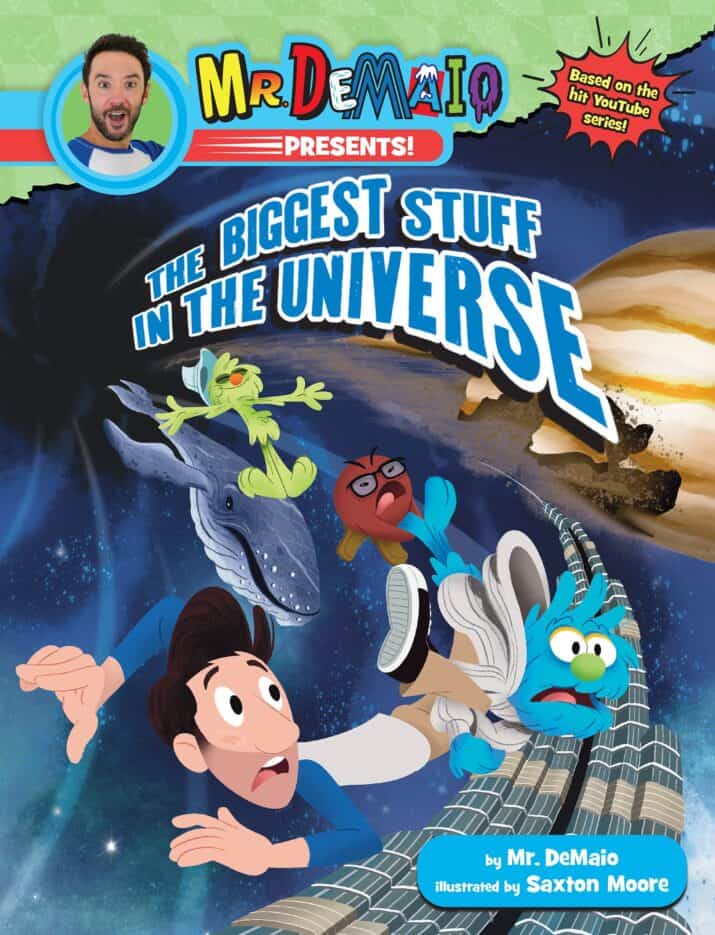
The Biggest Stuff in the Universe by Mr. DeMaio, illustrated by Saxton Moore
Get ready to learn cool facts about BIG things — with photographs, cartoons, and illustrations! From the largest tree to the largest exoplanet to the biggest thing in the known universe (the Hercules Corona Borealis Great Wall), Mr. DeMaio make learning about science on earth and in space FUN!

5,000 Awesome Facts (About Everything!) 3
If you like LOTS of facts, packed together for your detailed reading pleasure, you’ll like this gigantic book about cool topics such as bubble gum and ice cream to outer space and the North Pole! Great for curious kids who love to be the trivia expert in the family.

Celebrating Groundhog Day by Karen Bush Gibson
Karen Bush Gibson’s writing won’t just teach readers about Groundhog Day, but they’ll also become an expert on the related history, celebrations, and geography. Captivating, packed with information, this nonfiction gem is perfect for elementary readers.

What if You Could Spy Like a Narwhal?! by Sandra Markle, illustrated by Howard McWilliams
Narwhals use echolocation to find food and survive. If you had echolocation, you might discover a sunken treasure or find the shortest way out of a maze. Learn fascinating facts and unique characteristics (superpowers) about interesting animals a narwhal, lyrebird, giant cuttlefish, three-banded armadillo, or a colugo.

Baby Animals (Animal Planet) by Dorothea DePrisco
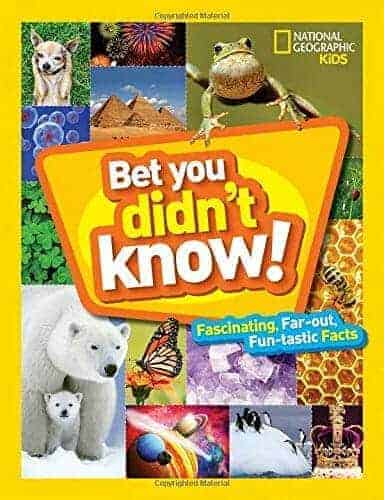
Bet You Didn’t Know: Fascinating, Far-out, Fun-tastic Facts by National Geographic
This is like the Weird But True books only not as short. You’ll look at full color, incredible photographs and read cool facts and stats about tons of things — hearts, sea creatures, chocolate, and Halloween. It’s un-put-downable! Like did you know this– “The FDA allows up to 8 insect parts in the average chocolate bar“? Or that “Some giant jellyfish have tentacles that could stretch one-third the length of a football field.” Also, “Chiroptophobia is the fear of bats.” Don’t you think your kids would like this?
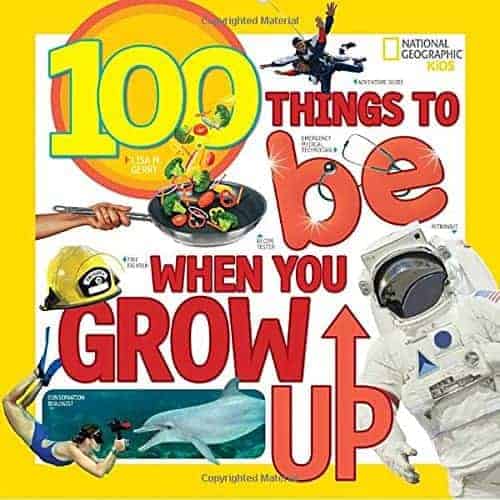
100 Things to Be When You Grow Up by National Geographic
Some kids change their mind every few weeks about what job they want to do when they grow up — but imagine what they would do if they only knew ALL the possible jobs! Because I don’t think even grown-ups know about some of these 100 jobs. This book shares the details about 100 really cool jobs along with gorgeous photographs (of course). And, it’s all presented in a very kid-friendly way. (Of course.) I’m giving this book to both my kids because I think they’ll be excited to learn about these unusual jobs: pet food taster, perfumer, crossword puzzle writer, ice sculptor, and movie trailer editor. Wouldn’t your kids?

Animals on the Move (Animal Planet) by Dorothea DePrisco
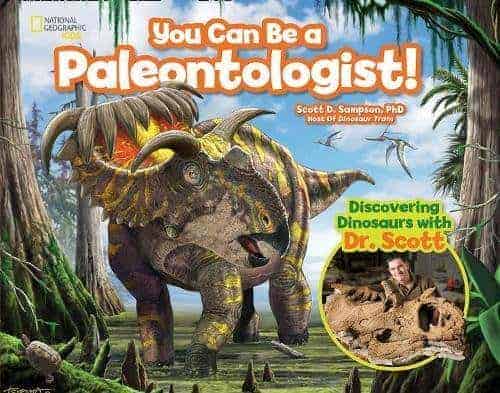
You Can Be a Paleontologist! National Geographic Kids by Scott D. Sampson, Ph.D.

Barefoot Books Amazing Places by Miralda Colombo, Beatrice Cerocchi
Discover 15 impressive places in the world. Each place gets four pages. The first two-page spread introduces the landmark. The next 2-page spread gives you facts and information about the landmark. If your kids want to learn more about the world, they’ll love this resource.
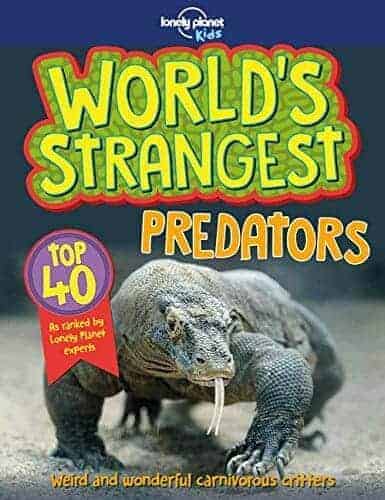
The World’s Strangest Predators Top 40 Weird and Wonderful Carnivorous Critters
Do you know about predators? You might be surprised to learn that #40 on the list is the short-tailed shrew — a tiny terror with venom glands who is a predator to frogs and mice. Learn more about weird predators in this unique book that includes the Tasmanian devil, tentacled snake (so gross), pirate spider, and #1 — the honey badger! And to think I thought honey badgers only ate honey.
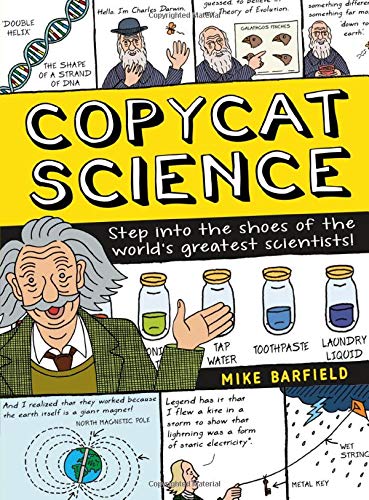
Copycat Science by Mike Barfield
Part biographies and part experiments, this nonfiction book narrated in cartoon format makes science fun! Learn about each scientist in their short biography, then apply and learn more about their area of study by doing the related experiment. Read about James Audubon then make a bird feeder. Then read about Rosalind Franklin and do an experiment about a strawberry’s DNA. Topics include living things, human biology, materials, air, electricity and magnetism, forces and physics, astronomy, math, and more.






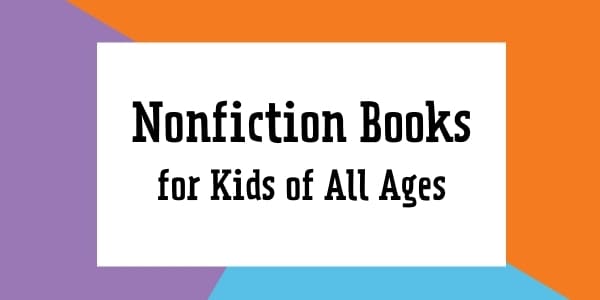
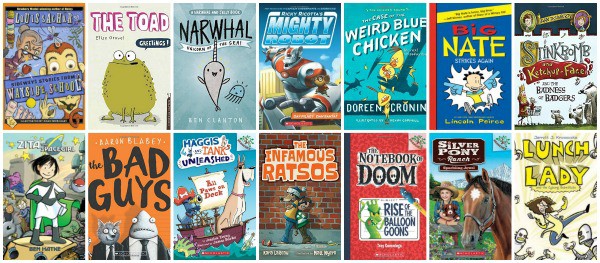
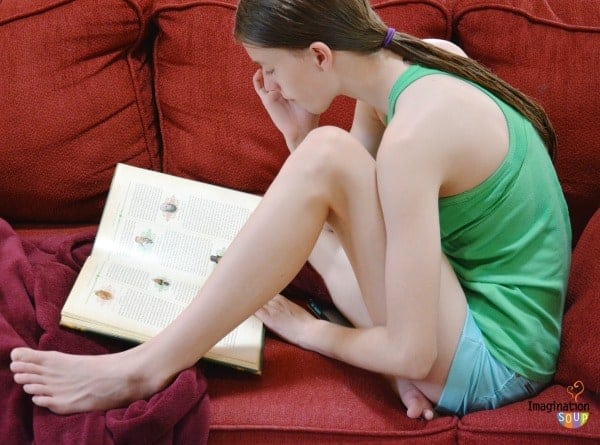
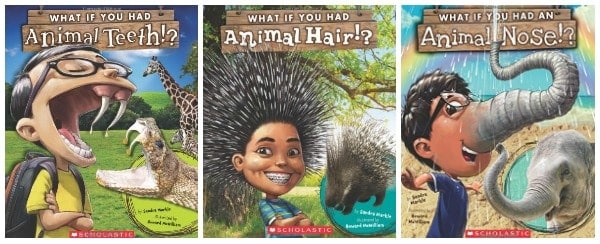


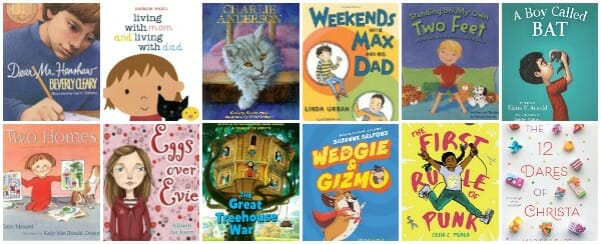

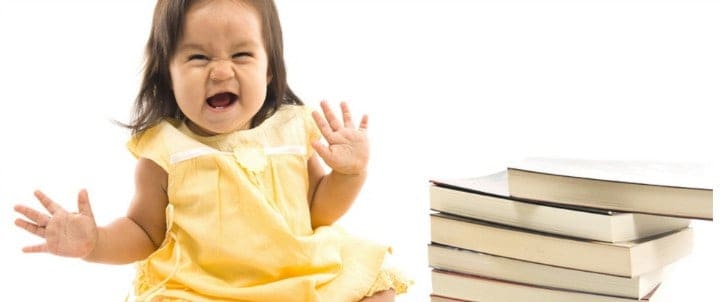
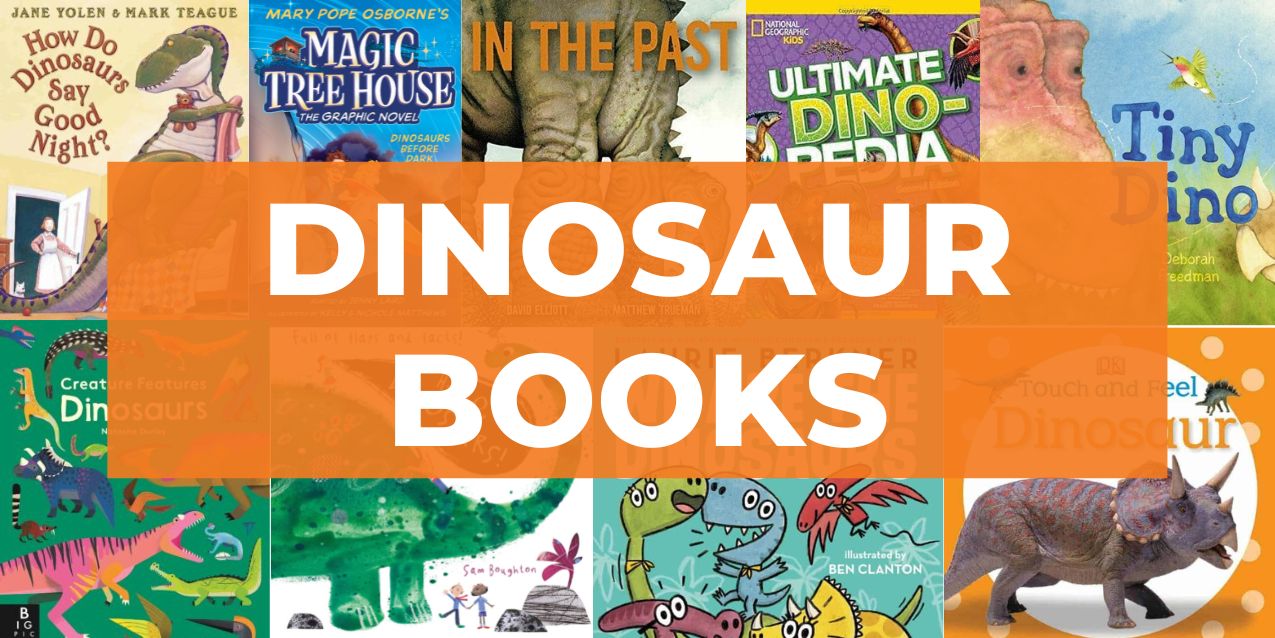
Is there a way to get a printable version of the list of books that you suggested? I would like to make sure I have them in my library for teacher and student access and a printable list would be so helpful. Thank you so much.
yes — I’ll try to get to it later today.
Here you go — https://imaginationsoup.net/wp-content/uploads/2019/03/Short-Nonfiction-Books.pdf